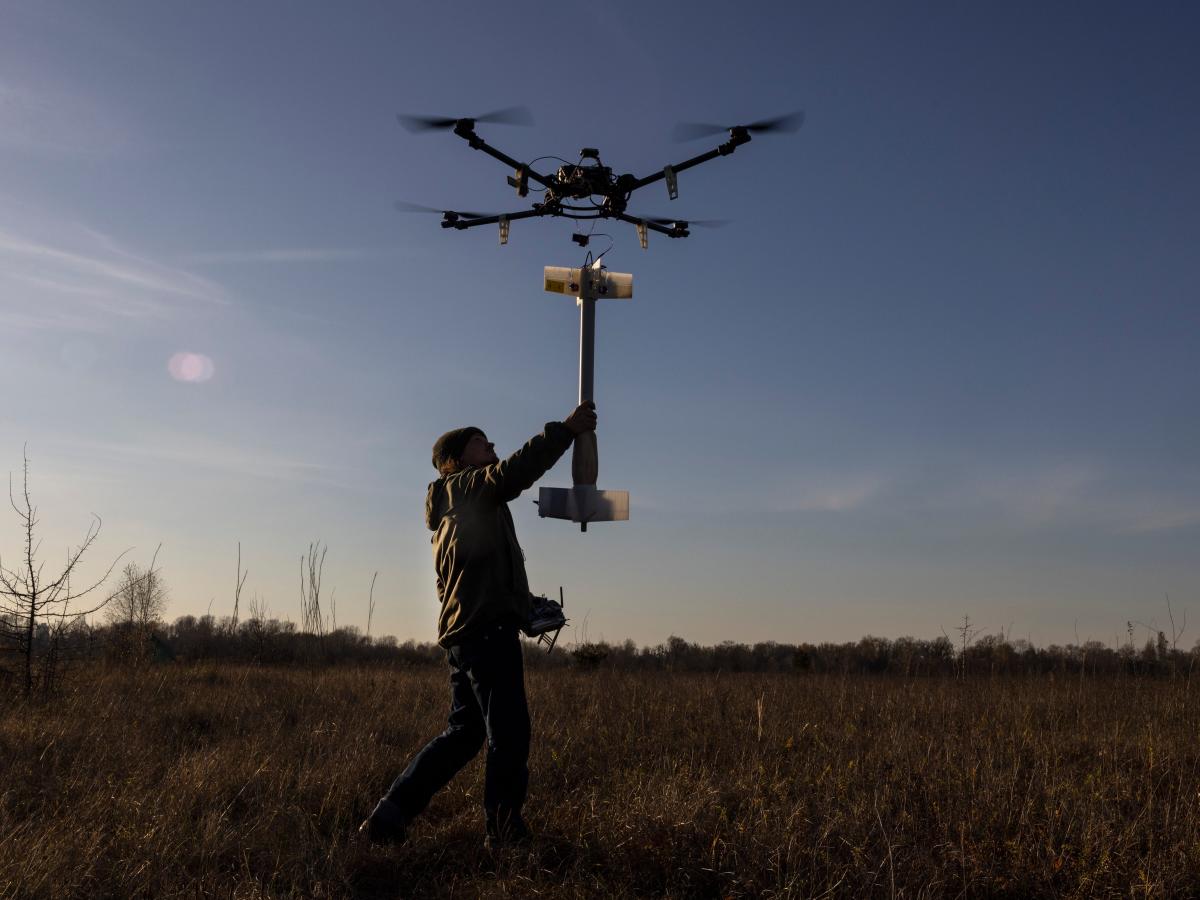Ukrainian sea drones are rapidly changing naval warfare. These unmanned vessels, ranging from small, expendable craft to more sophisticated autonomous systems, are proving surprisingly effective against larger, more expensive warships. This exploration delves into their technology, deployment, impact, and the countermeasures being developed to combat them.
We’ll examine the different types of Ukrainian sea drones, their technological capabilities, and how they’ve been used in the ongoing conflict. We’ll also discuss the strategic implications of this technology, both for Ukraine and for other nations. Get ready to explore the fascinating world of unmanned maritime warfare.
Ukrainian Sea Drone Technology: A Deep Dive
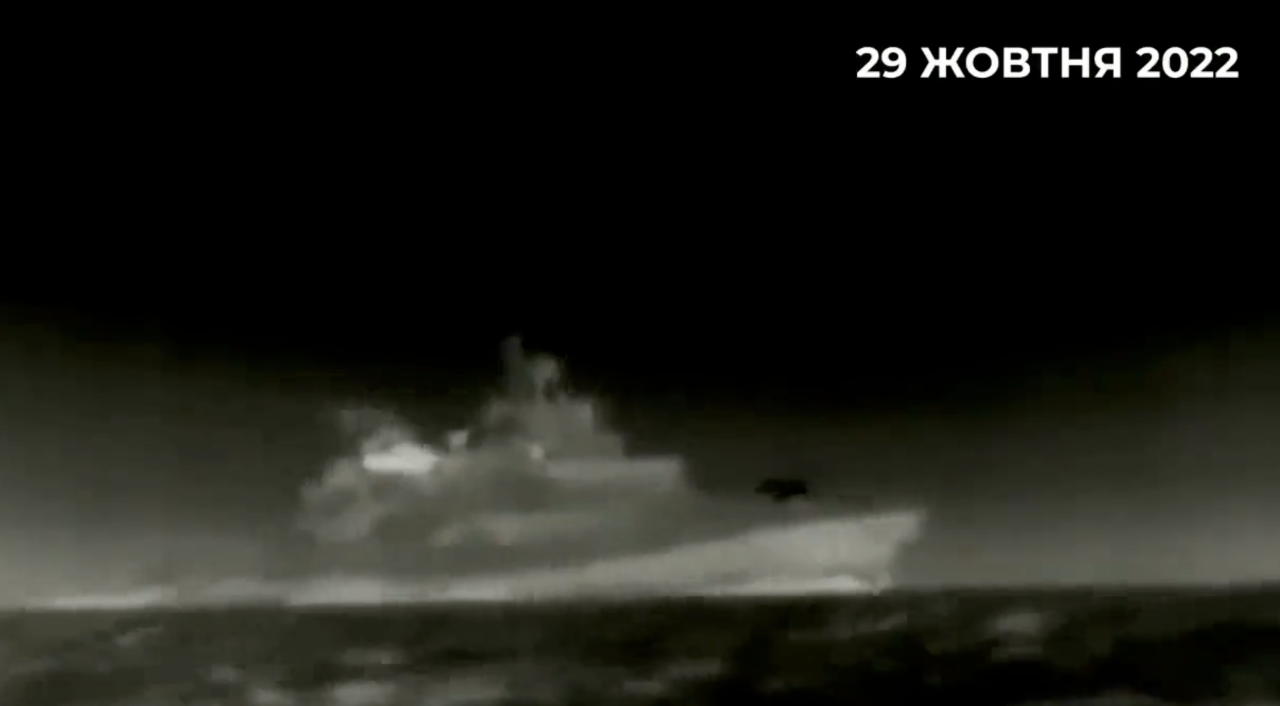
Ukraine’s innovative use of sea drones has significantly impacted naval warfare. This article explores the technological aspects, operational deployments, broader implications, and countermeasures related to these unmanned maritime systems.
Types and Functionalities of Ukrainian Sea Drones
Ukraine employs a variety of sea drones, ranging from smaller, simpler units for reconnaissance and surveillance to larger, more sophisticated platforms capable of carrying heavier payloads and engaging in offensive operations. These drones differ in size, speed, endurance, and payload capacity, allowing for tailored deployment depending on the mission requirements. For instance, smaller drones might be used for scouting enemy positions, while larger ones could be employed for delivering explosives to targets.
Okay, so you’re looking at Ukrainian sea drones, right? Those things are pretty serious tech. It’s a far cry from a dazzling light show, but think about the scale – it’s interesting to compare them to something like the amazing coordinated spectacle of the shanghai dragon drone show , which uses hundreds of drones for artistic effect.
But both highlight the impressive capabilities of drone technology, just applied in very different ways. The Ukrainian drones are all about tactical impact, while the Shanghai show is pure entertainment.
Technological Components of Ukrainian Sea Drones
A typical Ukrainian sea drone incorporates several key technological components. Propulsion systems often utilize electric motors for quiet operation, allowing for stealthy approaches. Navigation systems rely on GPS and inertial measurement units (IMUs) for precise positioning, while some may incorporate advanced algorithms for autonomous navigation and obstacle avoidance. Payload capabilities vary widely, ranging from simple cameras and sensors to sophisticated explosive charges.
Communication systems allow for real-time data transmission and control by operators.
Ukrainian sea drones are proving to be surprisingly effective, showcasing the potential of smaller, less expensive naval technology. This reminds me of the investigation into the causes of the fullerton plane crash , where a similar focus on detailed analysis of smaller components played a crucial role. Understanding the mechanics of both incidents, whether a drone or a plane, highlights the importance of thorough investigation in uncovering the truth.
Comparison with Other Nations’ Sea Drones
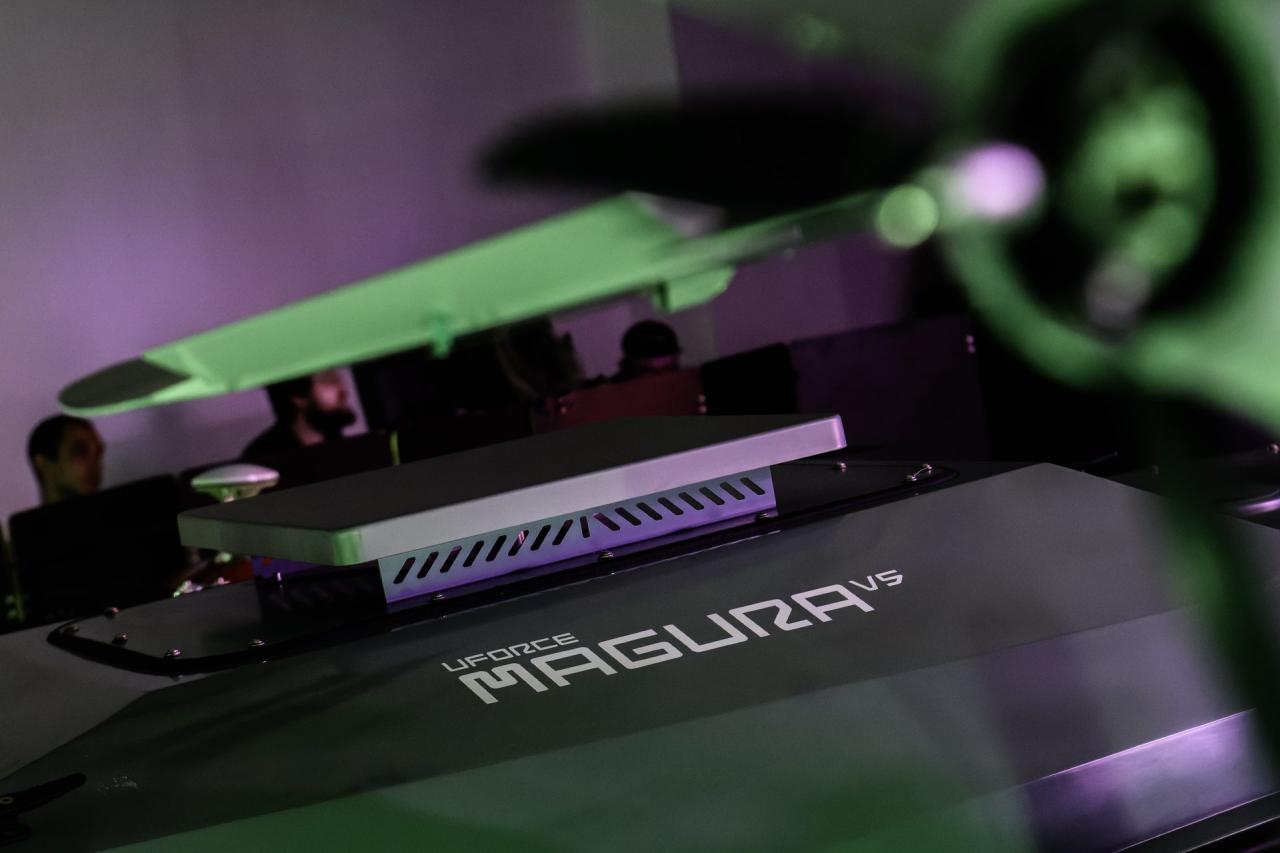
Compared to sea drones from other nations, Ukrainian designs often emphasize cost-effectiveness and adaptability to readily available technologies. While they may not match the range or sophistication of some Western systems, their simplicity and ease of production allow for rapid deployment and replenishment. This makes them particularly effective in asymmetric warfare scenarios.
Materials and Performance
The materials used in constructing Ukrainian sea drones are chosen for their balance of durability, affordability, and ease of acquisition. Common materials include fiberglass, reinforced plastics, and readily available metals. The choice of materials directly impacts the drone’s weight, speed, and resistance to damage. For example, using lighter materials can increase speed and range, while tougher materials enhance survivability in harsh conditions.
Ukraine’s naval capabilities are getting a serious upgrade thanks to their innovative sea drone program. These unmanned vessels are proving surprisingly effective, and you can learn more about their design and deployment by checking out this resource on Ukrainian sea drones: ukrainian sea drone. Understanding these drones is key to grasping the evolving nature of modern naval warfare, especially in the context of the ongoing conflict.
Hypothetical Upgrade: Increased Range
One potential upgrade for a Ukrainian sea drone would focus on increasing its operational range. This could be achieved through improvements in battery technology, more efficient propulsion systems, or a combination of both. The following table compares a hypothetical original design with an upgraded version:
| Feature | Original Design | Upgraded Design | Improvement |
|---|---|---|---|
| Range | 50 km | 150 km | +100 km (200%) |
| Payload Capacity | 50 kg | 50 kg | 0 kg |
| Battery Technology | Lithium-ion | High-density Lithium-sulfur | Increased energy density |
| Propulsion System | Single electric motor | Dual electric motors | Increased efficiency |
Operational Deployment and Tactics: Ukrainian Sea Drone
Understanding the deployment and tactical use of Ukrainian sea drones is crucial to assessing their effectiveness in modern naval warfare. This section will examine real-world examples, logistical challenges, and strategic advantages and disadvantages.
Combat Examples, Ukrainian sea drone
Ukrainian sea drones have been reportedly used in attacks against Russian Black Sea Fleet vessels, demonstrating their potential as cost-effective tools for disrupting naval operations. These attacks have targeted both smaller patrol boats and larger warships, highlighting the versatility of these systems. Specific details of these operations are often kept confidential for operational security reasons.
Logistical Challenges
Deploying and maintaining sea drones in a maritime environment presents several logistical challenges. These include the need for secure launch and recovery systems, reliable communication networks, and skilled personnel for operation and maintenance. The harsh marine environment can also impact drone performance and lifespan, requiring robust design and regular maintenance.
Strategic Advantages and Disadvantages
The strategic advantages of using sea drones in naval warfare include their low cost, high survivability (due to expendability), and potential for overwhelming enemy defenses through swarm tactics. Disadvantages include their limited range and payload capacity compared to traditional naval vessels, as well as vulnerability to countermeasures such as electronic warfare and anti-drone systems.
Hypothetical Drone Attack Procedure
A hypothetical drone attack might unfold as follows:
- Deployment: Drones are launched from a concealed location, possibly using a variety of platforms such as small boats, or even coastal installations.
- Navigation: Drones autonomously navigate to their target using pre-programmed routes or real-time guidance from operators.
- Target Acquisition: Drones use onboard sensors to identify and acquire their target.
- Attack Execution: Drones engage their target, delivering their payload (e.g., explosives).
- Retreat/Destruction: After the attack, the drone may attempt to return to base or self-destruct to prevent capture.
Typical Deployment Scenario Diagram
Imagine a diagram depicting a coastal area. Several small, unmanned surface vessels (USVs) are shown launching sea drones. The drones travel in a coordinated manner towards a designated target area, which could be a port or a larger naval vessel. A communication network, represented by dotted lines, connects the USVs and a command center on land, allowing for real-time monitoring and control of the drones.
The diagram would also show the approximate range of the drones and potential countermeasure positions.
Impact and Implications of Ukrainian Sea Drone Technology
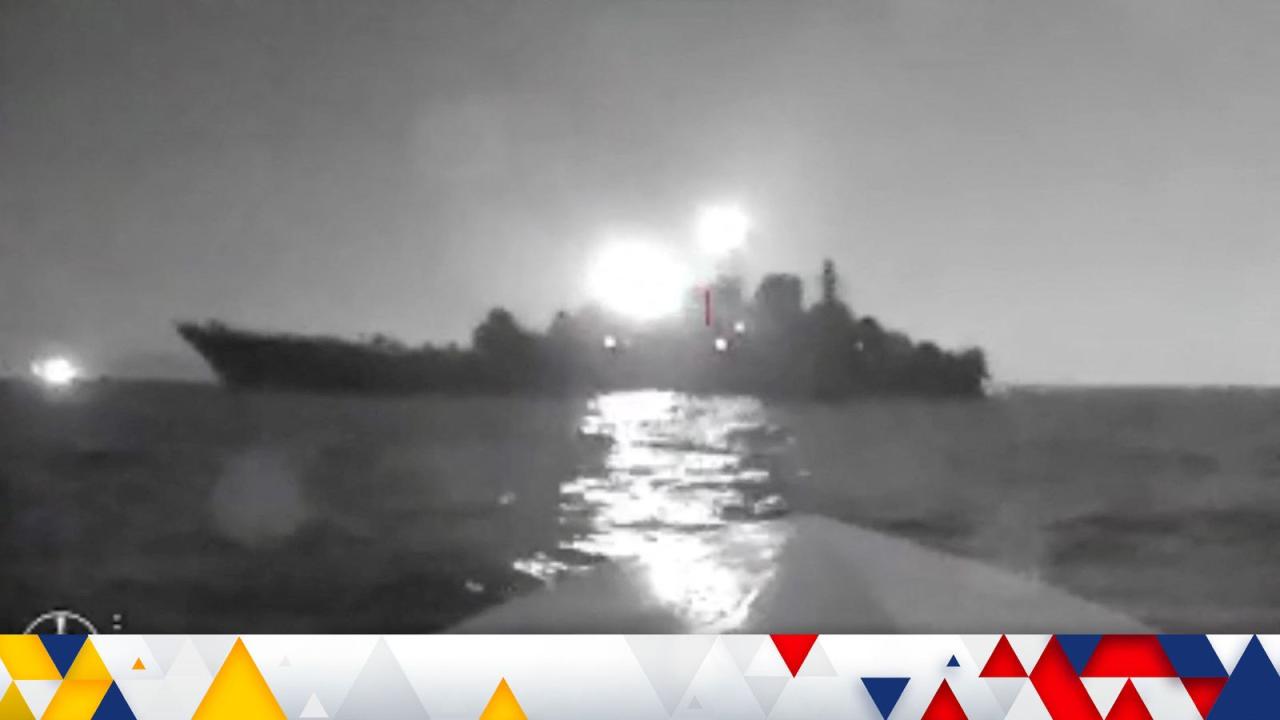
The development and deployment of Ukrainian sea drones have significant implications for naval warfare strategies, future technological advancements, ethical considerations, and the geopolitical landscape. This section delves into these crucial aspects.
Impact on Naval Warfare Strategies
Ukrainian sea drones have forced a reassessment of naval warfare strategies. Their effectiveness in asymmetric warfare scenarios has demonstrated the vulnerability of even larger, more expensive naval assets to low-cost, readily available technology. This has led to increased focus on developing effective countermeasures and defensive strategies against such threats.
Future Developments
Future developments in Ukrainian sea drone technology may include improvements in autonomy, range, payload capacity, and survivability. Integration of artificial intelligence (AI) for enhanced target recognition and decision-making is also a likely area of focus. The development of swarm tactics, where multiple drones coordinate their actions, could further enhance their effectiveness.
Ethical Implications
The use of autonomous sea drones in warfare raises ethical concerns regarding accountability and the potential for unintended harm. The lack of human intervention in the decision-making process raises questions about responsibility for collateral damage and potential violations of international humanitarian law.
Cost-Effectiveness
Compared to traditional naval vessels, sea drones offer significant cost advantages. Their lower production and operational costs make them an attractive option for nations with limited defense budgets. This cost-effectiveness allows for greater numbers of drones to be deployed, potentially overwhelming enemy defenses.
Geopolitical Implications
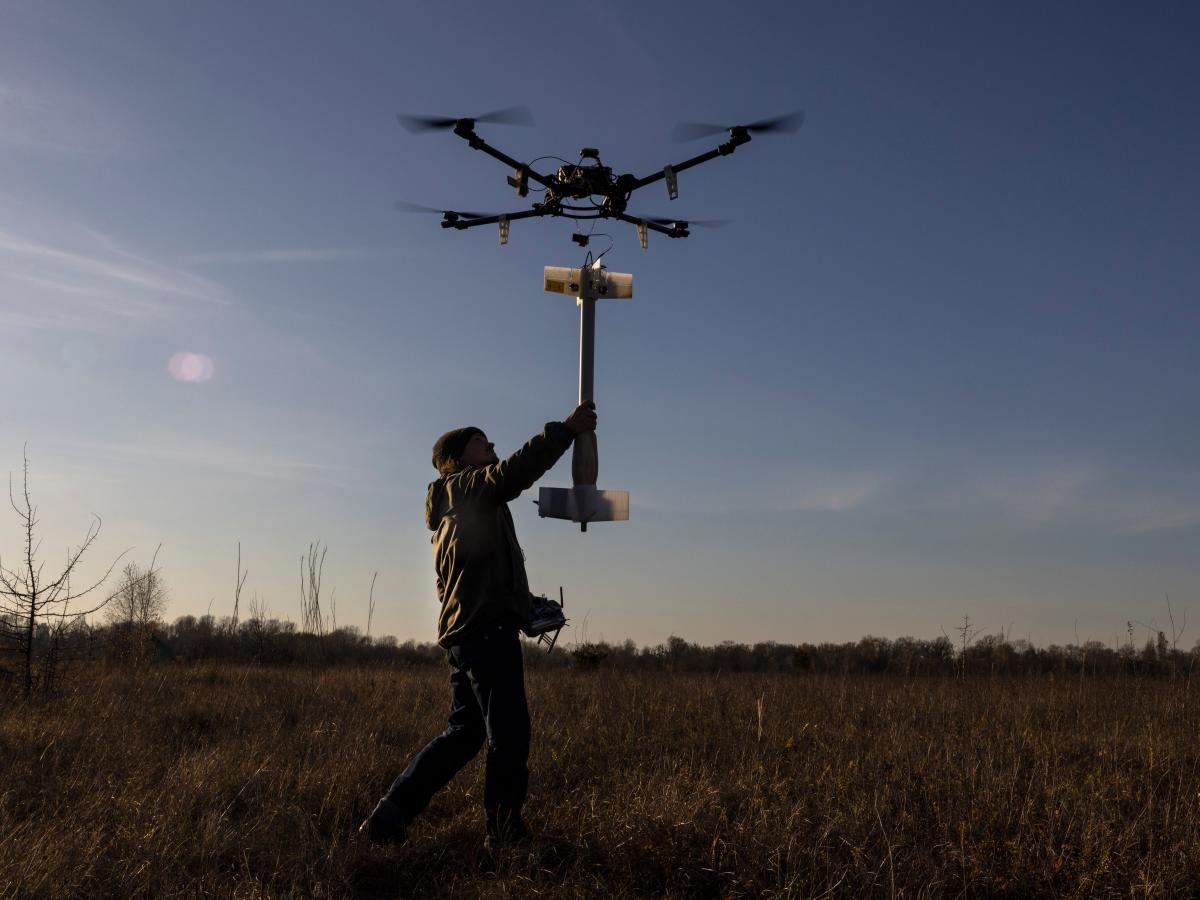
Ukraine’s development and deployment of sea drones have geopolitical implications, demonstrating the potential for smaller nations to leverage advanced technology to challenge the military dominance of larger powers. This has spurred increased interest in similar technologies globally, leading to a potential arms race in unmanned maritime systems.
Countermeasures and Defense Against Sea Drones
The effectiveness of Ukrainian sea drones necessitates the development of robust countermeasures. This section explores detection methods, hypothetical countermeasure systems, and the broader implications for defensive technologies.
Detection and Neutralization Methods
Methods used to detect and neutralize Ukrainian sea drones include radar, sonar, electronic warfare systems, and even visual observation. Once detected, neutralization can involve jamming communication signals, employing directed energy weapons (like lasers), or deploying nets or other physical barriers to capture or disable the drones. The effectiveness of each method depends on the specific type of drone and the environmental conditions.
Hypothetical Countermeasure System
A hypothetical countermeasure system could incorporate a layered approach, combining radar and sonar for early detection, electronic warfare systems for jamming and disruption, and remotely operated vehicles (ROVs) for physical neutralization. This system would require a robust communication network to coordinate the various components and ensure effective response.
Effectiveness of Countermeasures
The effectiveness of various countermeasures varies depending on the type of sea drone and the specific countermeasure employed. For instance, electronic warfare may be effective against some drones but less so against others that use more resilient communication protocols. Similarly, physical barriers might be effective against slower drones but less so against faster, more agile ones.
Examples of Successful and Unsuccessful Countermeasures
Examples of successful countermeasures include the use of electronic warfare to disrupt drone control systems, resulting in the loss of control and subsequent neutralization. Unsuccessful countermeasures might include attempts to use conventional weapons against drones that are too small or maneuverable to be easily targeted.
Influence on Defensive Technologies
The development of Ukrainian sea drones has undoubtedly influenced the development of defensive technologies in other nations. The increased threat posed by these relatively inexpensive and effective weapons systems has prompted investment in advanced detection and neutralization technologies. The following table compares different countermeasures:
| Countermeasure | Effectiveness | Cost | Limitations |
|---|---|---|---|
| Electronic Warfare | Moderate to High (depending on drone sophistication) | Moderate | Can be countered by resilient communication protocols |
| Directed Energy Weapons | High | High | Requires precise targeting and clear line of sight |
| Physical Barriers (Nets, etc.) | Low to Moderate (depending on drone speed and agility) | Low | Requires deployment in predictable drone paths |
| Anti-drone missiles | High | High | Costly, may cause collateral damage |
Final Review
From their surprising effectiveness in combat to the ethical and geopolitical implications of their use, Ukrainian sea drones represent a significant shift in naval power. Their relatively low cost, adaptability, and potential for future development make them a potent force, prompting a global arms race in both offensive and defensive unmanned maritime technologies. The future of naval warfare may well be defined by the continued evolution of these autonomous vessels.
FAQ Compilation
How are Ukrainian sea drones powered?
Power sources vary depending on the drone’s size and mission, but common options include electric motors powered by batteries, or small internal combustion engines.
What kind of payloads can these drones carry?
Payloads can include explosives for attacks, cameras for reconnaissance, or other sensors for gathering intelligence.
How are they controlled and navigated?
Control and navigation systems vary, but many utilize GPS, inertial navigation systems, and satellite communication for remote operation.
What is the range of a typical Ukrainian sea drone?
Range is highly variable and depends on the specific drone design and its power source. Some may have a limited range, while others can operate for longer distances.
